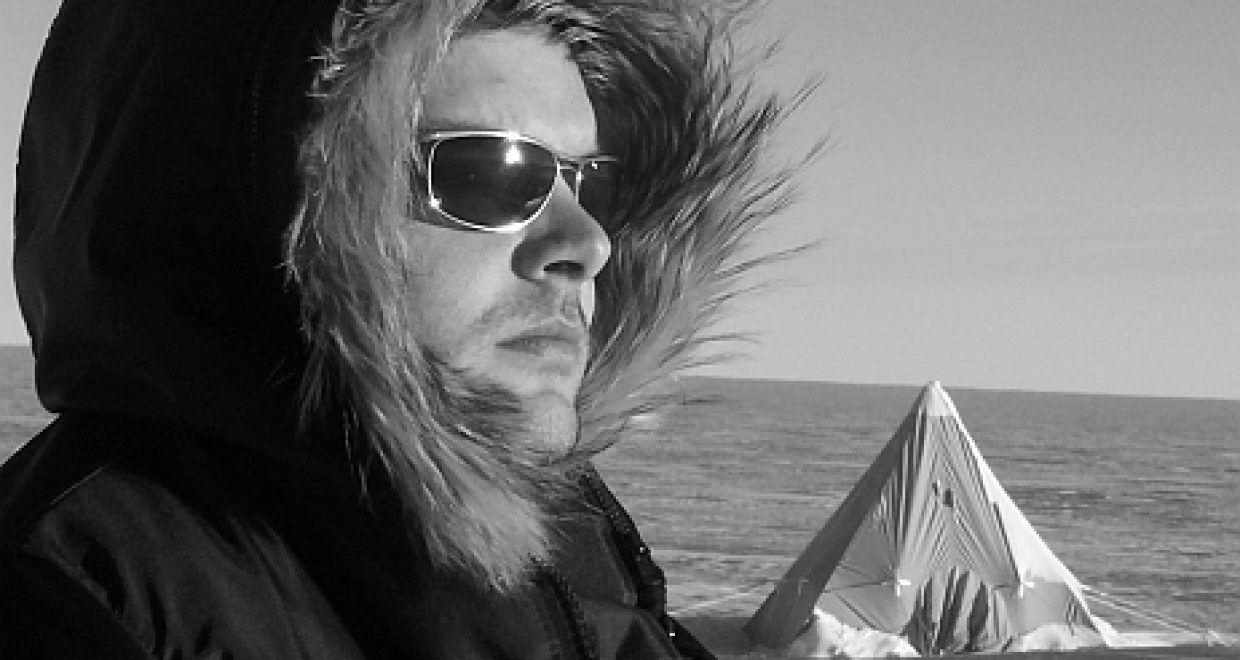Glaciology Q&A with Sérgio H. Fario
In this blog Sérgio H. Fario – one of four new Associate Chief Editors for the journals of the International Glaciological Society, Journal of Glaciology and Annals of Glaciology – answers questions on where glaciology is at now, where it is going and how it is being affected by climate change.
1. What is the most exciting research currently going on in glaciology?
I guess that any motivated scientist would answer this question pointing to her/his own current research. As an editor, I find exciting every research that is relevant, performed in a sound, ingenuous and rigorous way, and which is reported in a clear and thorough manuscript with novel and substantial conclusions. One cannot really select just a few exciting topics because there are so many interesting things going on: deep-drilling projects, loss of Arctic snow and sea ice, disintegration of ice shelves and calving of giant Antarctic icebergs, retreat of glaciers worldwide, fast flow of ice streams and surges, snow avalanches, subglacial lakes and hydrology, planetary and interplanetary ices, and so on, as well as recent technological advances in remote sensing, digital imaging, analytical methods, computer simulations, etc. It is a great time to be a glaciologist.
2. How is climate change affecting glaciology?
Climate change and glaciology are so intimately related that one cannot really draw a line separating them. In fact, glaciology has its origins in the observation of the flow of glaciers, including the advances and retreats of glacier fronts over the decades, under the influence of climate change. Of course, today’s hasty anthropogenic climate change has accelerated also the dynamics of the whole cryosphere, including extreme changes in the Arctic and mountain regions. Another manner in which climate change is affecting glaciology is through the need of increasingly precise knowledge about the past and future of Earth’s climate. This can be obtained through diverse glaciological methods, including computer simulations and the analysis of paleoclimate records of ice cores.
3. How will/are glaciers affecting global sea level/ocean currents/climate?
Today, glacier melting is the major contributor to global sea-level rise, after thermal expansion of the oceans. The whole cryosphere stores enough water to raise global sea level by more than 65 m (58 m from Antarctica, 7.4 m from Greenland, and 0.4 m from glaciers). Recalling that molten ice turns into fresh water, it becomes evident that massive discharges of meltwater from glaciers and ice sheets into the ocean can significantly affect ocean currents, which are generally very sensitive to small changes in water temperature and salinity. Additionally, extensive loss of ice- and snow-covered surfaces critically reduces Earth’s albedo (viz. the ability of our planet to reflect solar radiation back to space). This albedo reduction represents a major contribution to global warming, and it is especially noticeable in the polar regions, where it causes the phenomenon of “polar amplification” of climatic changes. All these processes are already occurring and tend to increase in significance in the future.
4. Where should glaciological research go next?
As our understanding about ice physics, glacier dynamics, and climate change improves, we naturally become attracted by more complex problems, which require knowledge of a wider range of disciplines. Therefore, promoting multi-, inter-, and trans-disciplinary research is the greatest challenge for the glaciological community today. With the climate-change clock getting ever close to midnight, glaciologists are feeling the urge to enhance collaboration not only with formal, physical, Earth and space scientists, but also with life and social scientists, in order to be able to solve the questions that matter most for nature an society as a whole.






